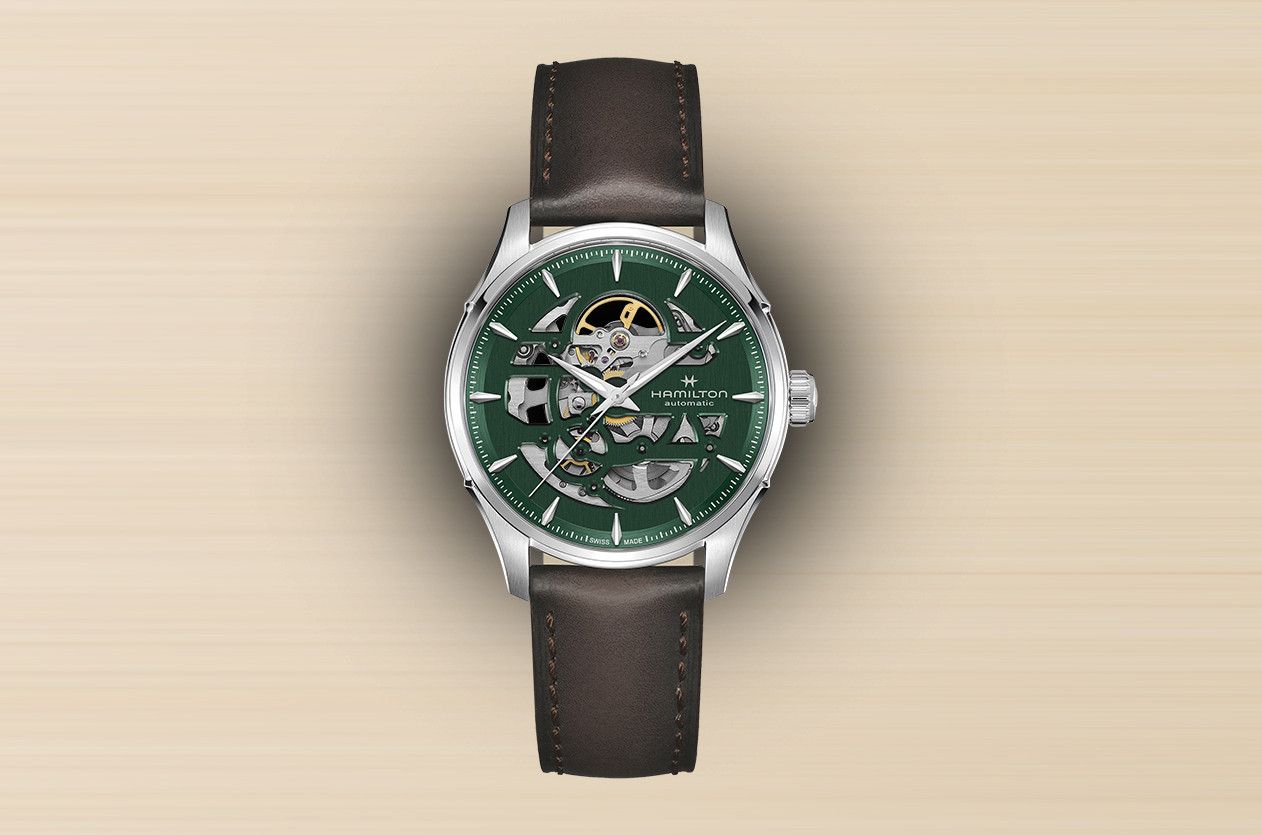
Introducing Hamilton Unveils the Jazzmaster Skeleton 40mm in Empire Green
Welcome to the hub of the horoloy
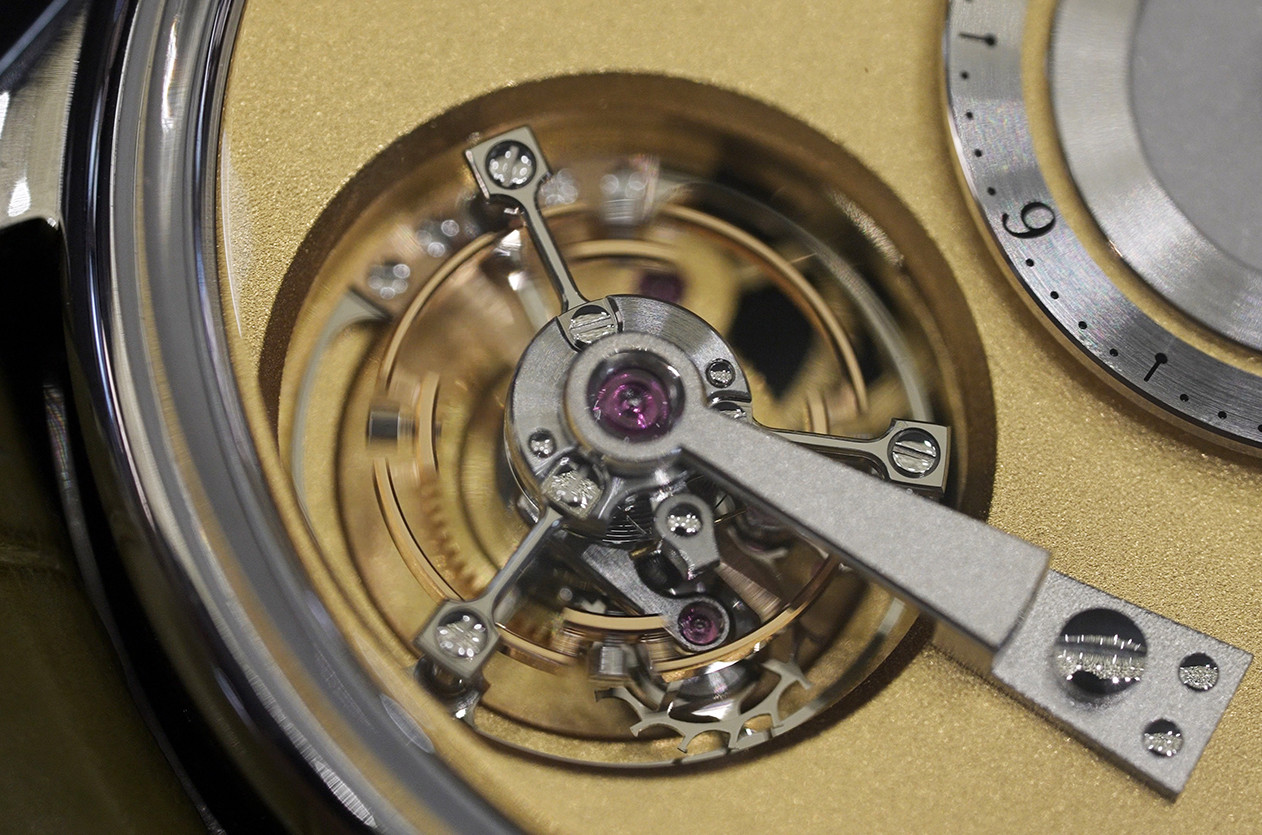
In the world of complex and luxurious haute horlogerie, achieving unparalleled precision and luxury requires a combination of exquisite materials, meticulous craftsmanship, and innovative technology. Among the countless components, the tourbillon stands out as the most eye-catching and expensive. This intricate mechanism, designed to counteract the effects of gravity on watch accuracy, is a testament to the ingenuity and technical skill that defines the pinnacle of watchmaking.

The tourbillon, which means "whirlwind" in French, was invented by watchmaker Abraham-Louis Breguet in 1795 and patented in 1801. Its primary function is to enhance the accuracy of a watch by mounting the escapement and balance wheel in a rotating cage. This continuous rotation averages out positional errors, resulting in a more consistent rate of timekeeping. Breguet observed that in pocket watches, the Balance spring is always in a vertical position, meaning gravity affects it as a sensitive element, causing it to bend towards the center of the Earth. By keeping the mechanism in constant motion, he was able to cancel out the effects of gravity.

What makes the tourbillon the most expensive component in watchmaking is the exceptional level of skill and precision required to manufacture it. Assembling the tourbillon requires meticulous hand-finishing of very small parts, some so tiny that they can only be handled with specialized tools under a microscope, demanding an exceptional degree of expertise and patience from master watchmakers. To this day, the tourbillon is assembled manually, with no substitute for skilled hands in creating this mechanical marvel.

A single tourbillon consists of more than 40 parts, each manufactured to exacting standards. The slightest defect can affect the performance of the mechanism, necessitating strict quality control at every stage of production. This painstaking attention to detail and the inherent difficulty of assembling such a precise mechanism contribute significantly to its high cost.
Another factor contributing to the cost of a tourbillon is the exclusivity and prestige it brings to the watch. Tourbillon watches are often limited editions, produced by prestigious watchmakers such as Patek Philippe, Audemars Piguet, Jaeger-LeCoultre, and De Bethune. These brands are synonymous with luxury and craftsmanship, and their tourbillon watches are coveted by collectors and connoisseurs around the world.

Often, the tourbillon is incorporated into watches that feature other complex complications, such as perpetual calendar, minute repeaters, and moon phase indicators. These additional complications not only enhance the functionality of the watch but also elevate its overall cost. The combination of multiple complications in a single watch demonstrates the pinnacle of innovation and craftsmanship in watchmaking, justifying the premium prices often associated with such masterpieces.
After Breguet's groundbreaking invention, watchmakers continued to innovate and develop this mechanism, leading to the creation of multi-axis tourbillons, flying tourbillons, and many other advancements. Each innovation showcases the engineering prowess and artistic vision behind this small yet monumental marvel.
In summary, the tourbillon is the most expensive part of watchmaking. This exquisite mechanism embodies the essence of fine watchmaking, representing the historical legacy and cutting-edge innovation that defines the art of horology.
In my personal view, a tourbillon watch is more than just a timekeeping device; it is a symbol of mechanical genius and the ultimate expression of watchmaking excellence.
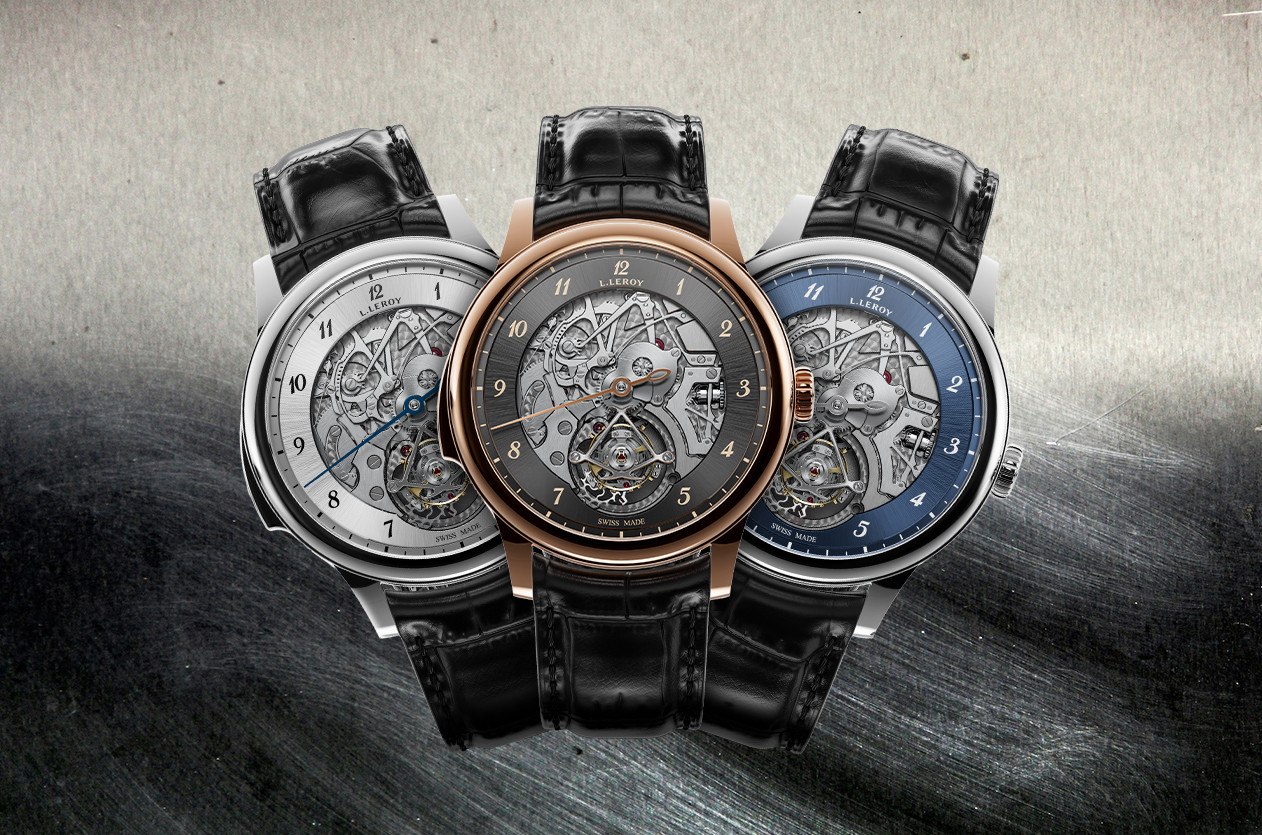
Introducing L.Leroy Unveils the Osmior “Bal du Temps”
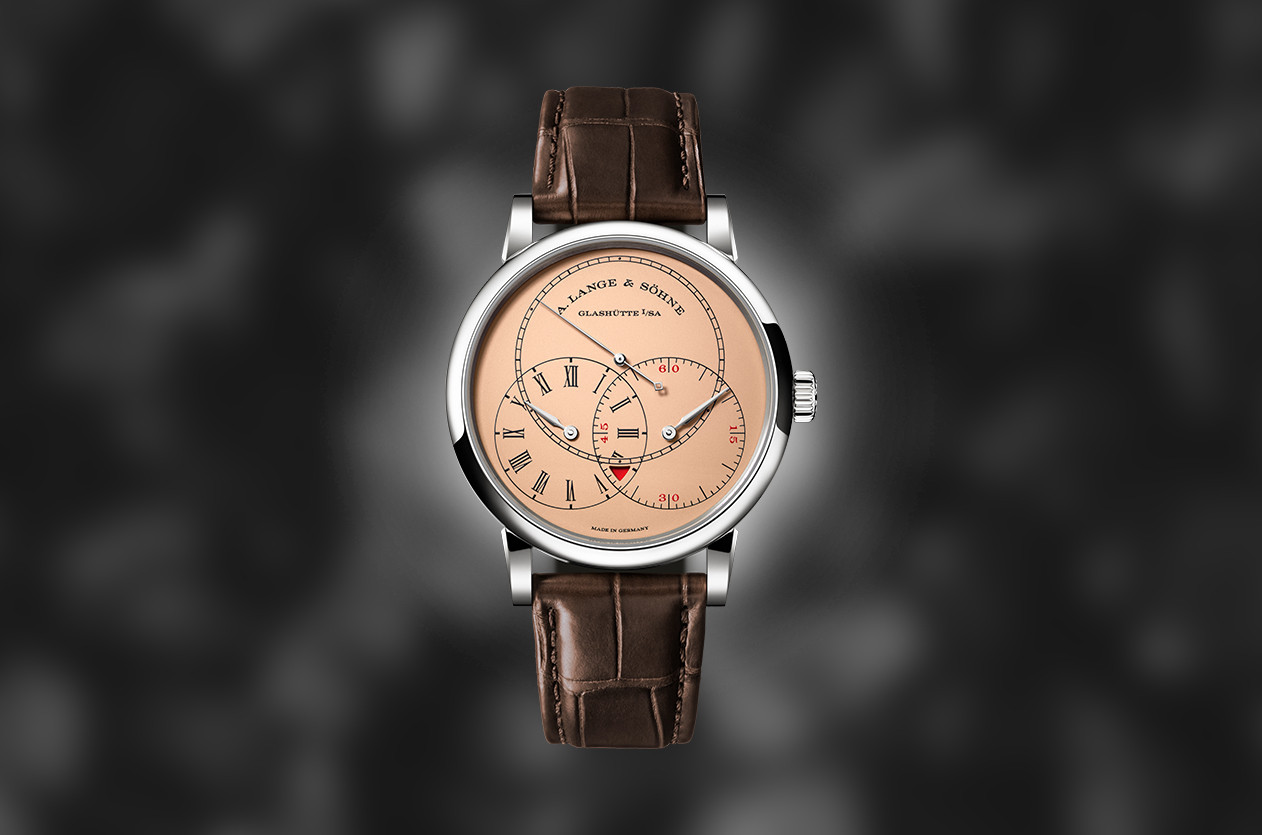
Introducing The New A. Lange & Söhne Richard Lange Jumping Seconds

Hands on The Summit Collection: A Strong First Step for New Brand Earthen
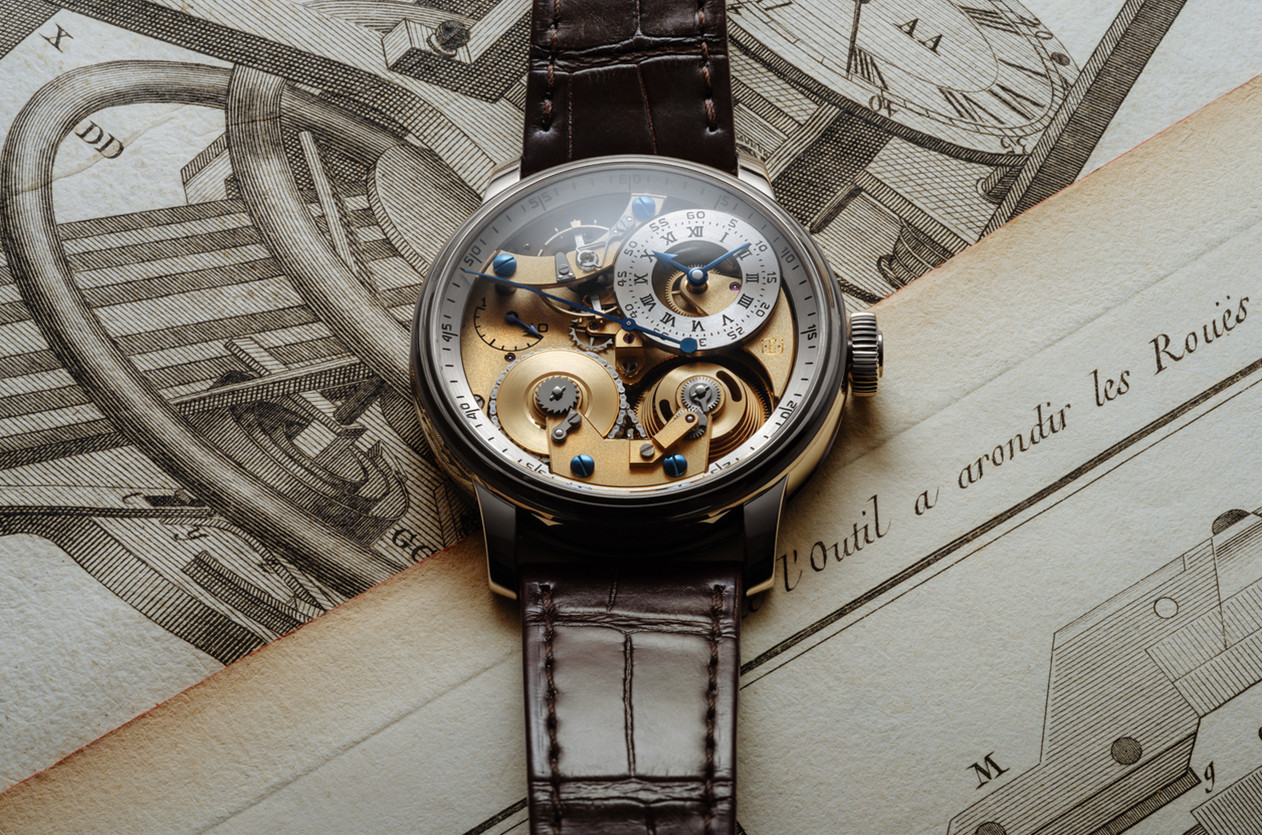
Introducing Naissance d’une Montre 3, Ferdinand Berthoud’s Masterpiece for the Tenth Anniversary

News Trump Hits Swiss Imports With 39% Tariffs
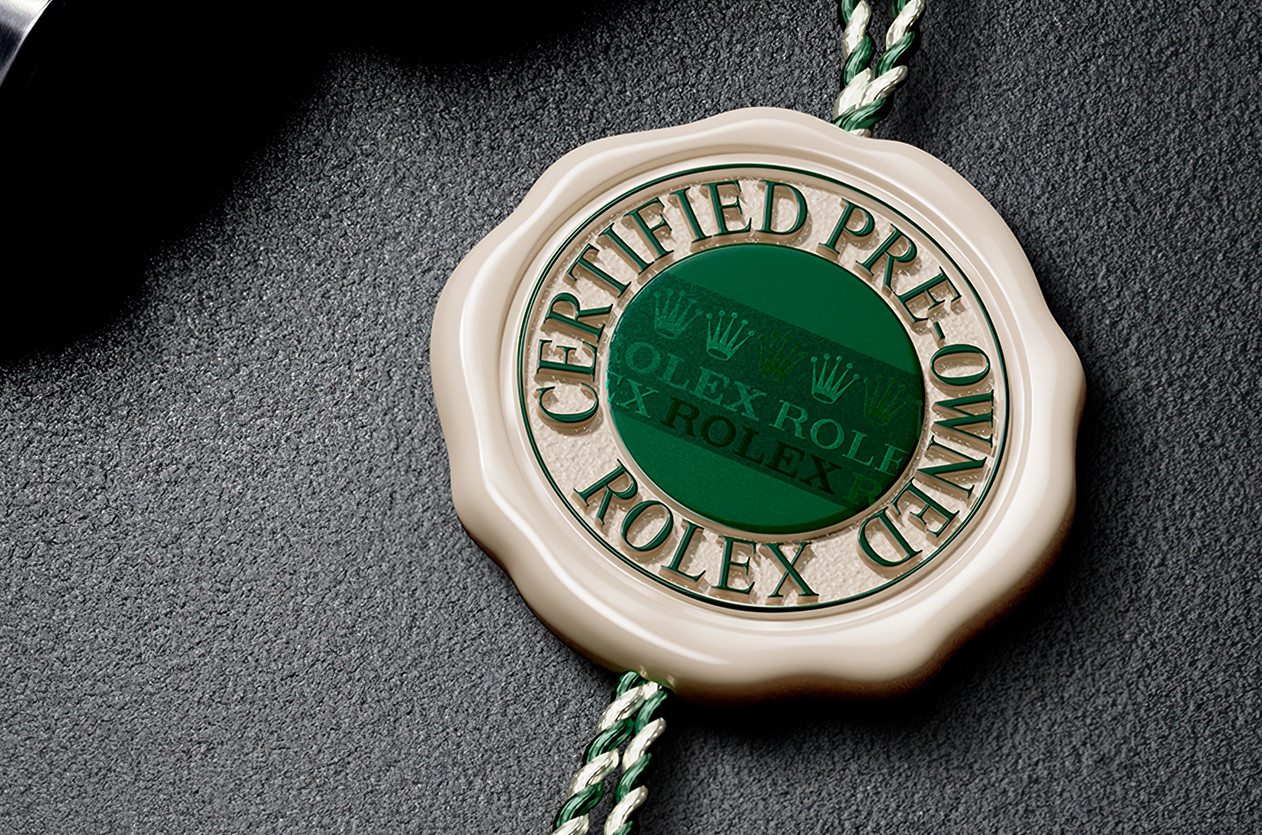
Editorial What is the reason behind the scarcity of Rolex watches in boutiques?

News Dubai Watch Week 2025 Will Be the Largest Ever with 90 Brands Participating
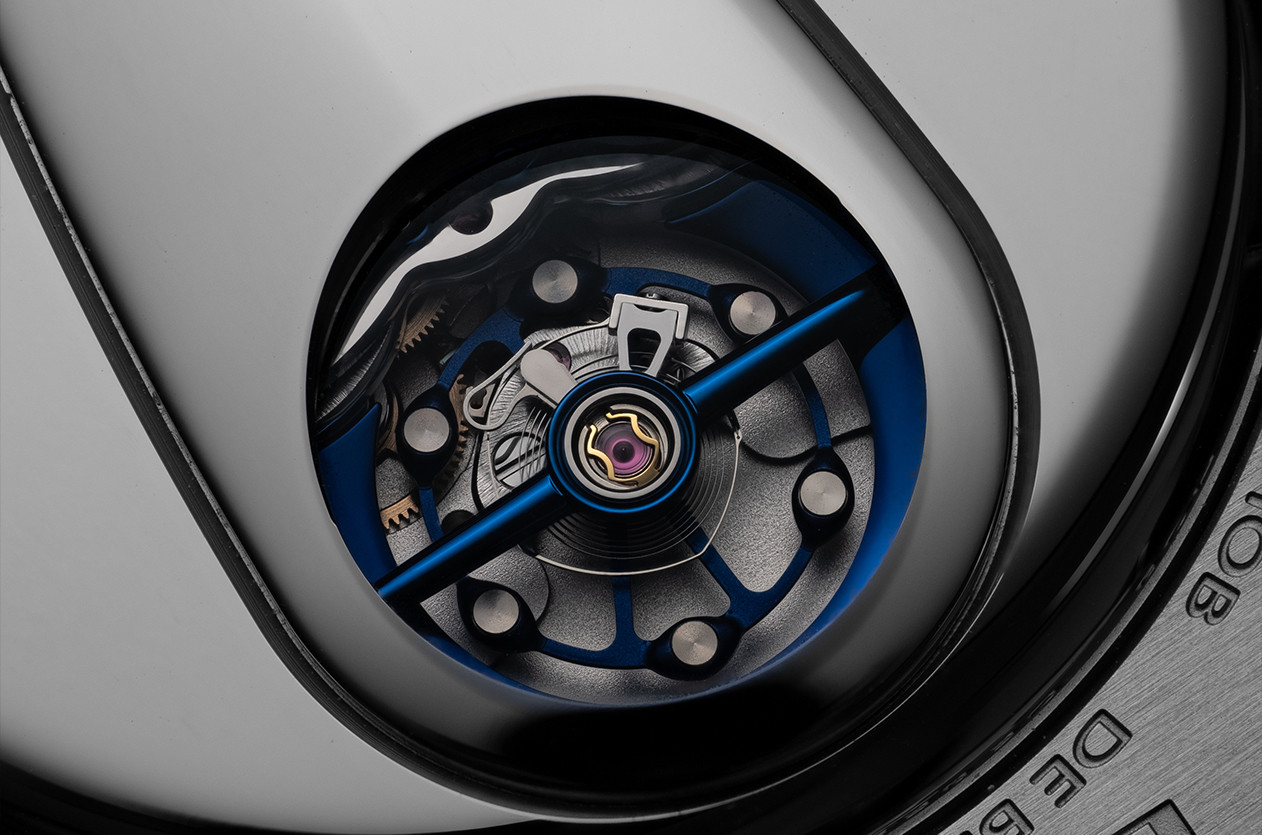
Technical The Frequency, Why It Matters in Mechanical Watches
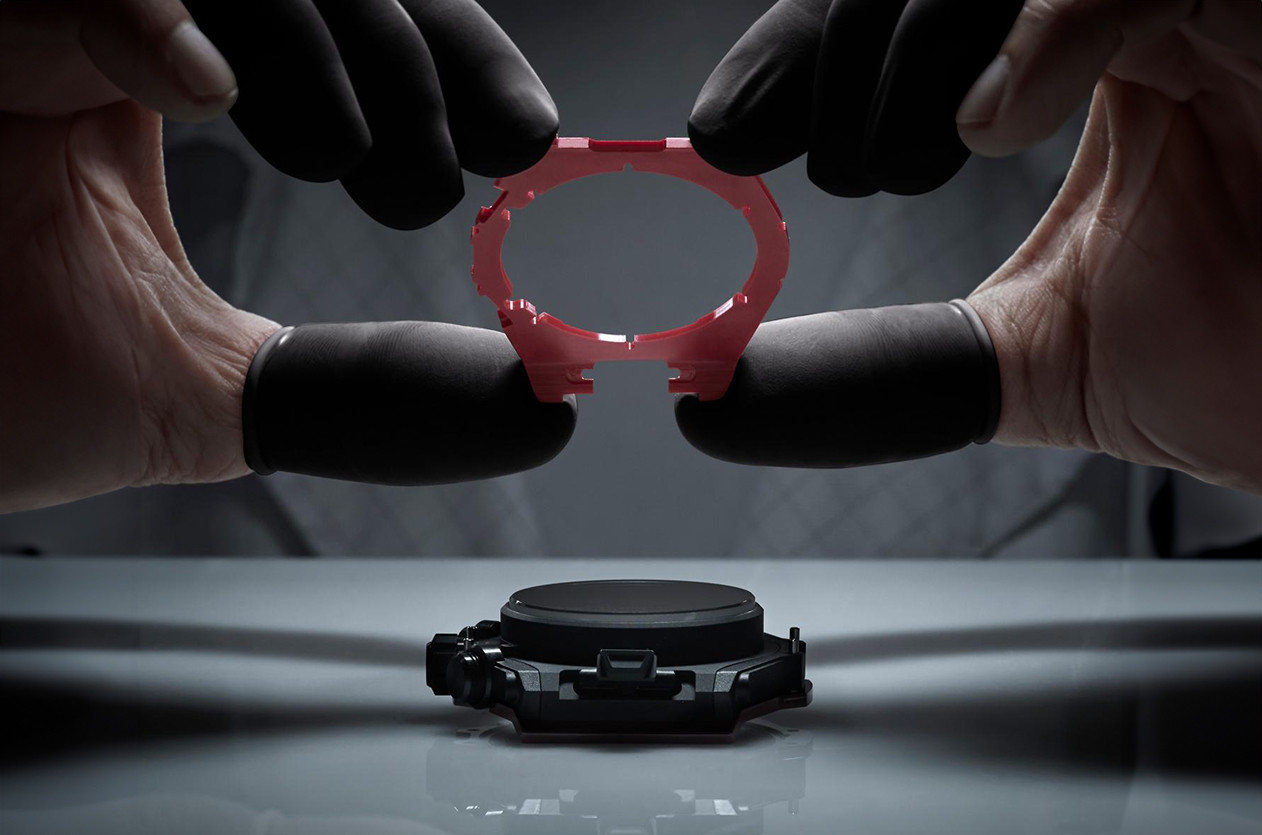
Editorial The Secrets of Watch Case Design

Editorial Abraham-Louis Breguet, The Father of Modern Horology
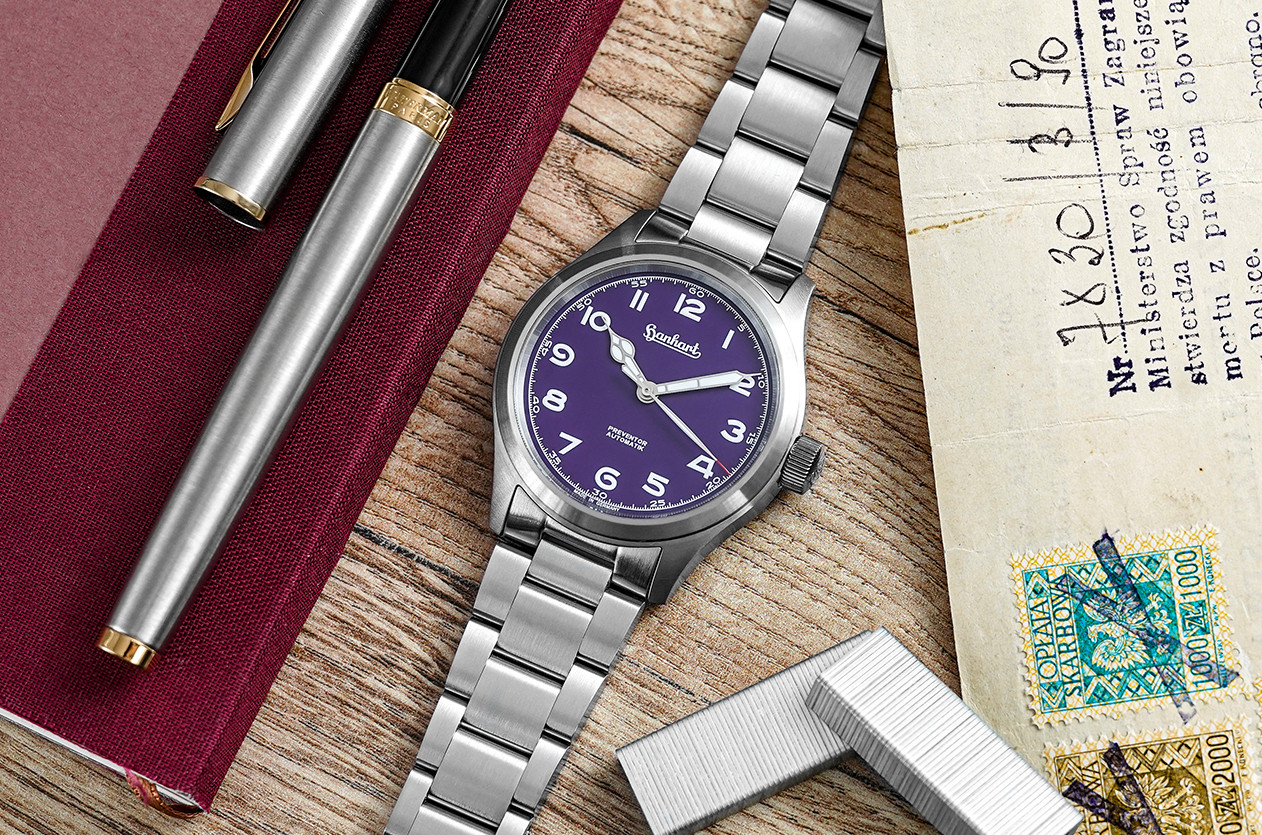
Introducing Hanhart Unveils the Limited Edition Preventor HD12 Silk Purple
Comment Delete Text
This page is available in English only. Please click below to visit Arabic Home page!